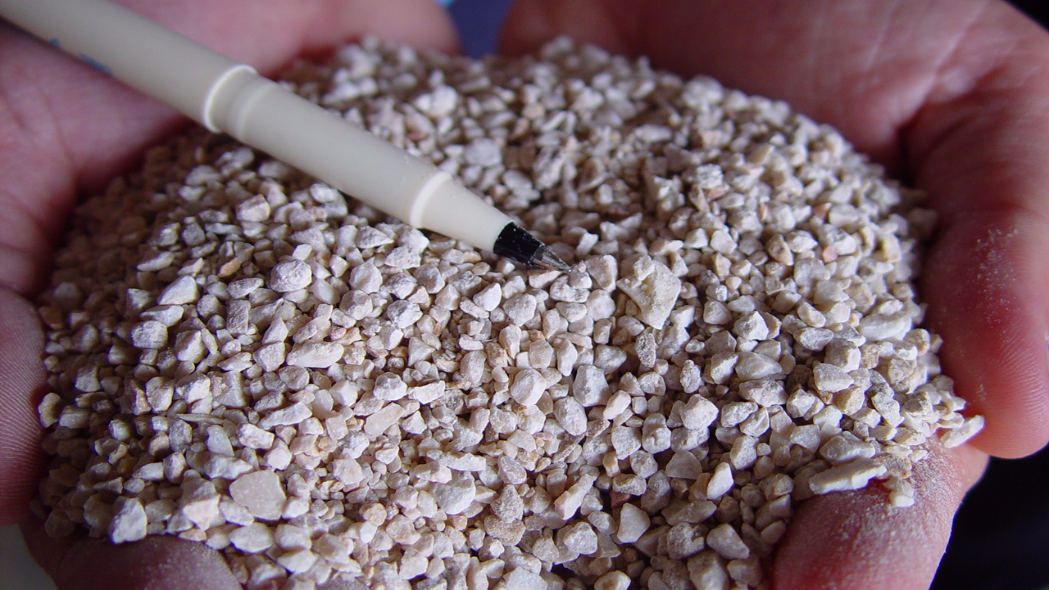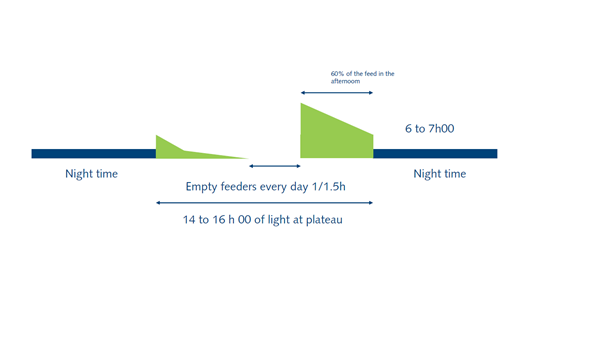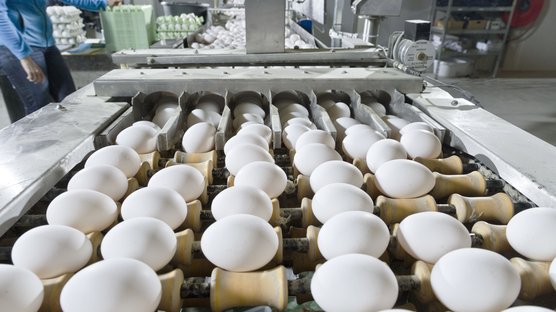
Published on Jan. 10, 2017
Optimal Egg Shell Quality: Nutrition Essentials
Obtaining high eggshell quality is important for both table egg and hatching egg purposes. Genetic traits have an impact on egg quality, but following certain nutrition recommendations can take quality to the next level.
There are three areas of importance when aiming to improve shell quality and strength: pullet development, feed particle size, and feed timing.
1) Prelay Nutrition and Development
Giving your pullets the best start possible in their development will result in better performance in all areas. By feeding them a prelay diet starting two weeks before start of lay with an increased calcium percentage, their medullary bone will develop properly and more robustly. This special bone tissue formed in female birds serves as a calcium reservoir when forming the eggshell. The prelay diet also serves as a transition into the start of lay period and helps to increase feed consumption levels.
The source of shell strength is dietary calcium coming directly from the feed or deposited from the hen’s bones. Deriving calcium from the feed content results in better eggshell strength, but it also results in better overall health of the bird. For this reason, it is very important to maintain calcium absorption from the gut throughout the day and night, especially towards the end of the laying cycle. This is why we recommend increasing the feed calcium percentage in the second phase of the laying period in order to compensate for the lower calcium absorption capacity of older birds.
2) Calcium Particle Size and Solubility
Maintaining the correct level of calcium in the hen can be accomplished in a number of ways: careful attention to particle size, level of solubility, and optimal feeding timing. Dietary calcium can be incorporated by using limestone, oyster shells, or calcium carbonate, but a mix of coarse and fine limestone particles are an ideal choice as it has a lower solubility and therefore a higher gizzard retention. Feeding the hens a mix of coarsely ground limestone and 2-4mm size particles has been shown to prolong calcium absorption leading to increased eggshell strength. It is generally recommended that the ratio of coarse and fine particles should range between 65% coarse and 35% fine and 50% coarse and 50% fine.

3) Feeding Technique
Additionally, the feeding technique used when managing hens is a key factor in achieving the best possible shell quality. It has been found that 40% of feed is ingested in the last 4 hours of the day. This is natural feeding behaviour, and so to encourage this trend, the feeders should be emptied in the middle of the day for 1 to 1.5 hours. Egg shell production starts in the afternoon, so calcium delivered to the birds in the afternoon can go directly to the shell, without going in the medullary bones. Using a mix of coarse and particular calcium allows a long term delivery of calcium to the shell: coarse calcium will be absorbed very quickly while particular calcium will be retained in the gizzard and released slowly in the gut after solubilisation.

Midnight feeding can also help to improve egg shell quality. Giving a maximum of 2 hours light in the middle of the night (lights on 3 hours after the lights go off in the evening) will allow layers to finish the remaining part of the feed at a moment where the egg shell is still under construction, immediately improving calcium deposition to the shell.
With these small adjustments in mind when managing your hens, you can significantly improve the eggshell strength and quality. There are a number of additional factors affecting eggshell formation including flock age, overall egg size, and other vitamin levels. With the assistance of a qualified nutritionist or technical expert, you can be proactive in identifying issues that may further affect eggshell quality.

